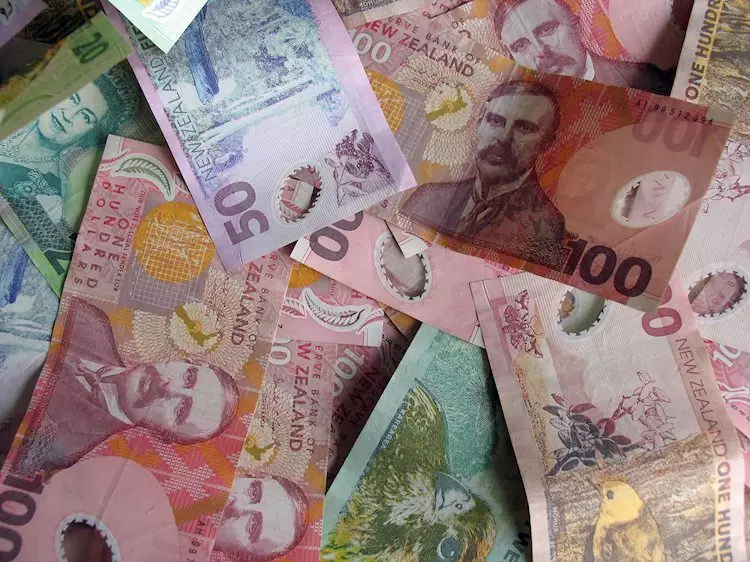In the Asian session on Tuesday, the New Zealand Dollar saw a significant increase in momentum. This rise in the currency was primarily driven by a positive risk sentiment that weighed on the US Dollar and subsequently lifted the NZD/USD exchange rate. Investors were eagerly awaiting the rate decision from the People’s Bank of China (PBOC) before Fedspeak on Tuesday.
The recent data released by Statistics New Zealand on Tuesday revealed that New Zealand’s Trade Balance stood at NZD $-9.29B YoY in July, slightly better than the previous figure of $-9.5B. While exports decreased to $6.15B in July compared to $6.17B in June, imports rose to $7.11B from $5.45B in previous readings. These economic indicators provide insights into the health of the New Zealand economy and can impact the performance of the New Zealand Dollar in the forex market.
US Interest Rates and Fed Policy
Federal Reserve Bank officials have been signaling a potential cut in US interest rates in their upcoming meeting. Minneapolis President Neel Kashkari mentioned concerns about the weakening labor market as a reason to consider a rate cut in September. Similarly, Chicago Fed President Austan Goolsbee highlighted the need for caution when deciding on monetary policy, especially if the economy does not show signs of overheating. The markets are currently pricing in a 77% chance of a 25 basis points Fed rate cut in September, according to the CME FedWatch Tool.
Technical Analysis of NZD/USD
Looking at the technical aspects of the NZD/USD pair, it is evident that the currency has been edging higher. The pair resumed its upside journey after breaking above a descending trendline on Monday. Additionally, it is holding above the key 100-day Exponential Moving Average (EMA), with a bullish 14-day Relative Strength Index (RSI) supporting buyers. A decisive break above the 0.6100 psychological level could pave the way to 0.6154, the high of July 8. Further upside resistance levels include 0.6222, the high of June 12.
On the flip side, the crucial support level for NZD/USD is identified at 0.6050, marked by the 100-day EMA and descending trendline. If the currency pair sustains trading below this level, it could target 0.5974, the low of August 15, followed by 0.5846, the lower limit of the Bollinger Band.
The table below presents the percentage change of the US Dollar (USD) against major currencies this week. It is evident that the US Dollar was relatively weaker against a range of currencies. The heat map further illustrates the percentage changes of major currencies against each other, providing a visual representation of the currency movements in the forex market. Traders can utilize this information to make informed decisions about their trading strategies.
The New Zealand Dollar has demonstrated resilience in the face of global economic challenges and market uncertainties. With positive risk sentiment, favorable economic indicators, and potential Fed rate cuts on the horizon, the NZD/USD pair remains an interesting asset to watch in the forex market. Traders and investors should carefully monitor technical levels and fundamental developments to capitalize on trading opportunities presented by the New Zealand Dollar.

